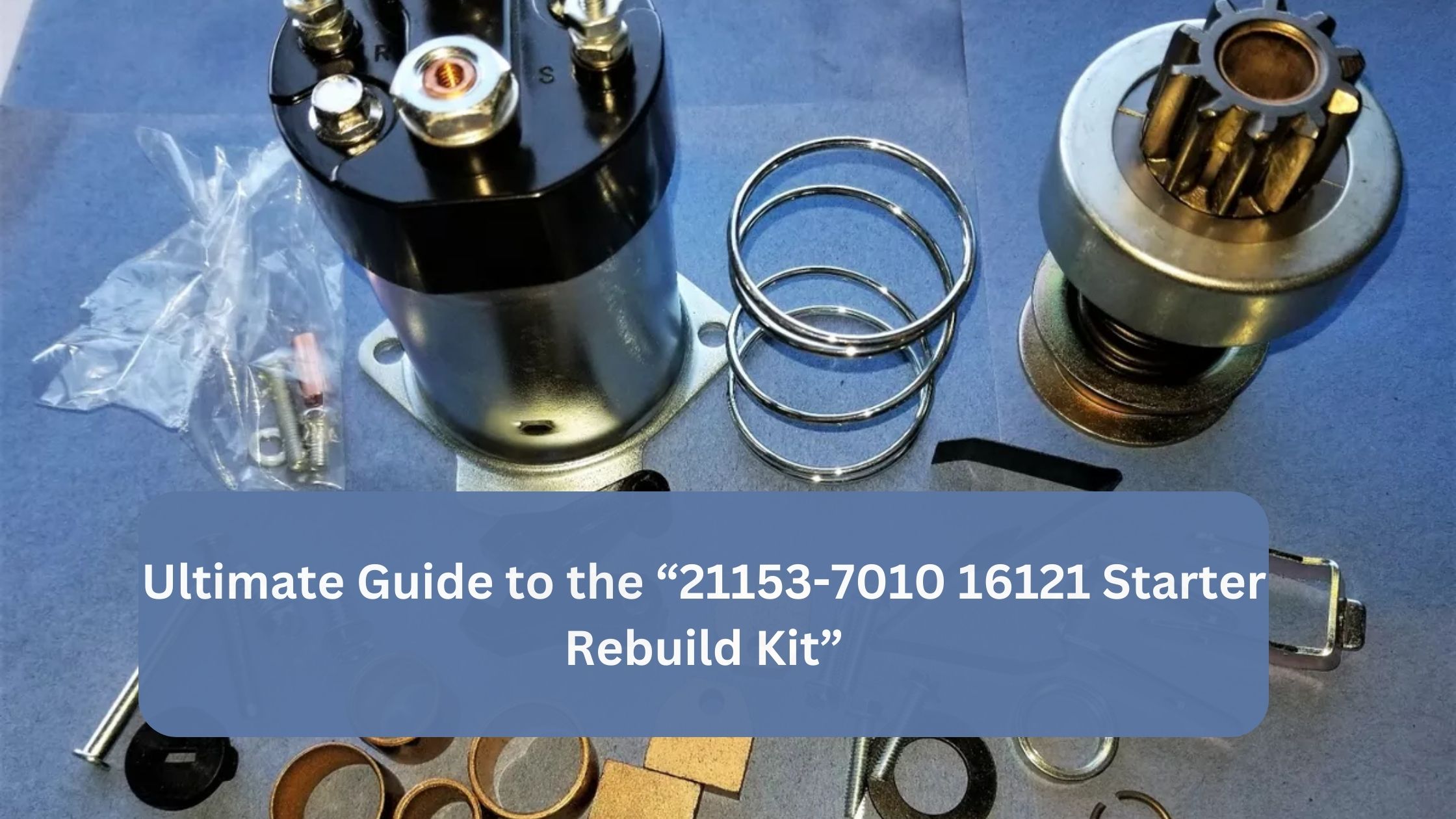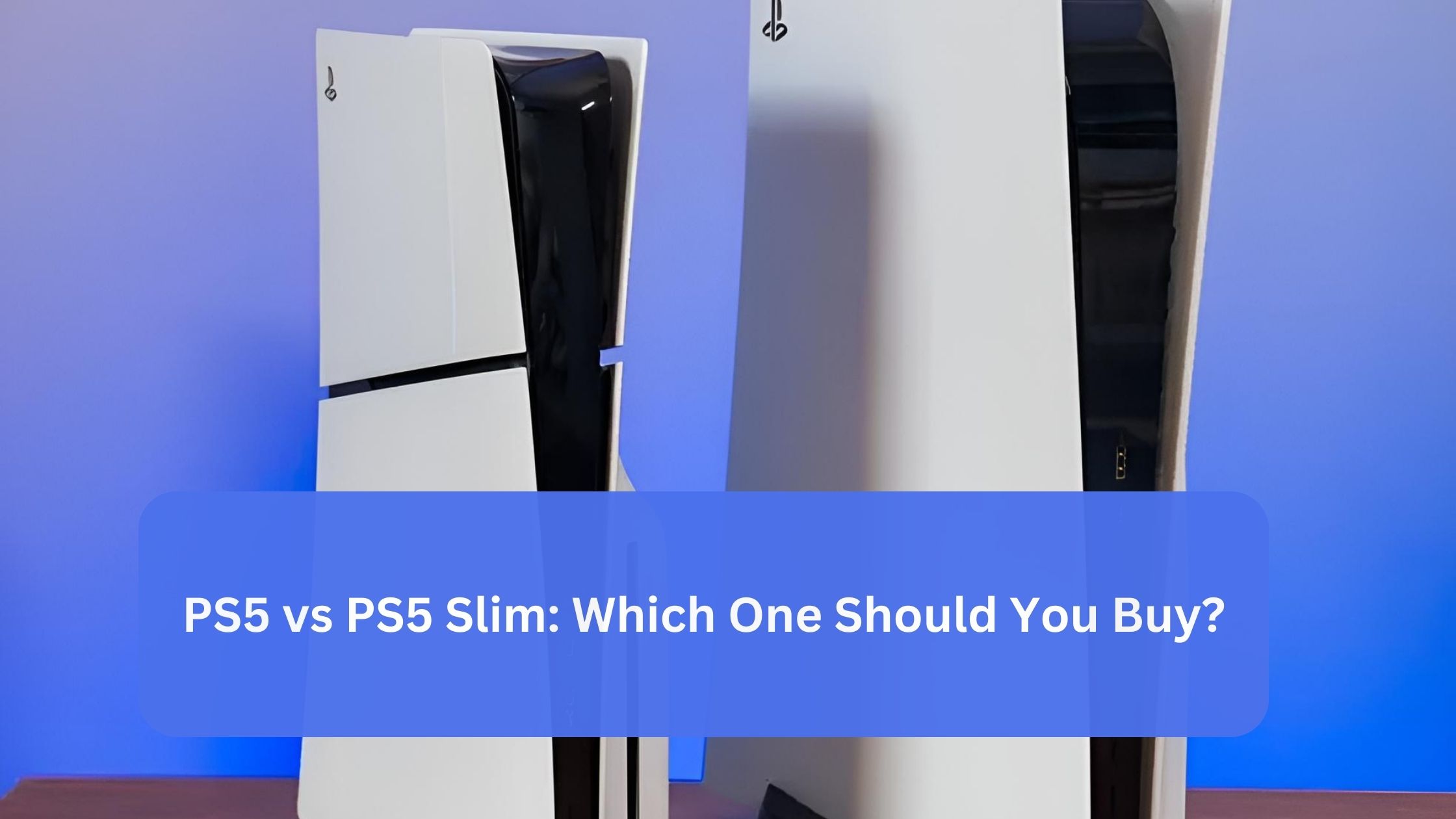The “21153-7010 16121 starter rebuild kit” is a crucial component for vehicle owners looking to restore the performance of their starters without buying a whole new unit. A reliable starter is essential for your car’s ignition system, ensuring the engine turns over smoothly every time you start it. However, when the starter begins to fail, it can cause significant inconveniences, such as slow starts or complete failures.
This article will provide a comprehensive guide to the “21153-7010 16121 starter rebuild kit,” covering everything you need to know about its benefits, installation process, maintenance tips, and frequently asked questions.
Whether you’re a DIY enthusiast or someone who prefers taking their vehicle to a mechanic, understanding how this rebuild kit works can save you time and money.
What is the “21153-7010 16121 Starter Rebuild Kit”?
The “21153-7010 16121 starter rebuild kit” is a specialized kit designed to refurbish and restore the functionality of your vehicle’s starter motor. This kit contains all the essential parts needed to rebuild your starter, including bushings, brushes, bearings, drive gears, and other internal components that typically wear out over time.
Key Features of the 21153-7010 16121 Starter Rebuild Kit:
- High-Quality Components: The rebuild kit is made with high-grade materials designed to meet or exceed OEM standards, ensuring durability and long-lasting performance.
- Complete Kit: It includes all the necessary parts to rebuild a worn-out starter motor, allowing you to fix common problems without replacing the entire starter assembly.
- Cost-Effective Solution: Rebuilding your starter using the kit is often much cheaper than buying a new starter motor, especially for older vehicles.
- Easy to Use: With basic mechanical skills and the right tools, most car owners can install this kit themselves, making it a popular choice for DIY repairs.
Also Read: Ultimate Guide to Ford F350 Part Number FL34 894323.
Benefits of Using a Starter Rebuild Kit
1. Cost-Effectiveness
One of the most significant advantages of using the “21153-7010 16121 starter rebuild kit” is its cost-effectiveness. Replacing a starter can be quite expensive, especially if you have to buy a brand-new unit. The rebuild kit offers a more budget-friendly option by allowing you to fix only the damaged components, saving you both time and money.
2. Extends the Life of Your Starter
Rebuilding your starter with the right kit extends its life significantly. Since starters are subject to wear and tear, parts like brushes, bearings, and bushings degrade over time. The rebuild kit replaces these worn-out components, restoring your starter to its optimal condition.
3. DIY-Friendly
For those who enjoy working on their vehicles, the “21153-7010 16121 starter rebuild kit” provides an excellent opportunity to perform a hands-on repair. Most rebuild kits come with detailed instructions, and many online resources, including videos, offer step-by-step guidance on how to rebuild your starter.
4. Environmentally Friendly
By choosing to rebuild rather than replace, you’re also making a more environmentally friendly choice. Rebuilding reduces the demand for new parts, cutting down on the manufacturing and waste processes associated with new components.
5. Improves Vehicle Performance
A rebuilt starter improves your vehicle’s performance by ensuring reliable starts every time you turn the key. A faulty starter can cause inconsistent engine cranking, which may affect other engine components. Rebuilding your starter helps maintain the overall health of your vehicle.
Components of the “21153-7010 16121 Starter Rebuild Kit”
Understanding the individual components of the “21153-7010 16121 starter rebuild kit” will help you appreciate why it’s such an effective solution. Here’s a breakdown of the most common parts found in the kit:
1. Brushes
Brushes are small carbon blocks that conduct electricity to the motor’s rotating components. Over time, these brushes wear down and can cause the starter to malfunction. Replacing the brushes is one of the key aspects of rebuilding a starter.
2. Bushings
Bushings help reduce friction between moving parts in the starter. When these bushings wear out, the starter may begin to grind or make unusual noises. The rebuild kit includes replacement bushings to ensure smooth operation.
3. Bearings
Bearings are critical for the smooth rotation of the starter motor. Worn bearings can lead to excessive friction, heat buildup, and ultimately starter failure. The rebuild kit provides high-quality bearings that restore smooth functionality.
4. Drive Gears
Drive gears are responsible for engaging the engine flywheel to start the vehicle. Damaged or worn-out gears can lead to a failure to start the engine. The rebuild kit includes new drive gears that ensure proper engagement.
5. Seals and O-Rings
Seals and O-rings prevent dirt, debris, and moisture from entering the starter motor. Damaged seals can lead to contamination and wear on other parts. The kit provides replacement seals to protect the starter from external elements.
6. Solenoid Contacts
The solenoid contacts are crucial for engaging the starter motor. If these contacts are corroded or damaged, the starter may not engage correctly. The rebuild kit includes new contacts to ensure reliable operation.
Read More: Is hentai4u.org a Trap? A Comprehensive Analysis
Step-by-Step Guide: How to Rebuild Your Starter with the “21153-7010 16121 Starter Rebuild Kit”
Rebuilding your starter using the “21153-7010 16121 starter rebuild kit” may sound intimidating, but with the right tools and patience, it can be a manageable project. Below is a step-by-step guide to help you through the process.
Tools Required:
- Screwdrivers (Flathead and Phillips)
- Wrenches and sockets
- Pliers
- Sandpaper or a small wire brush
- Bearing puller (if needed)
- Lubricant (grease)
Step 1: Disconnect the Battery
Before starting any work, disconnect the vehicle’s battery to prevent any electrical shorts or accidents.
Step 2: Remove the Starter
Locate the starter motor in your vehicle. Typically, it’s mounted near the engine block. Use the appropriate tools to disconnect the electrical connections and mounting bolts.
Step 3: Disassemble the Starter
Carefully disassemble the starter by removing the end cap, solenoid, and any other accessible parts. Take note of the order and orientation of each component to ensure correct reassembly.
Step 4: Inspect and Clean the Components
Inspect all components for wear and damage. Clean the internal parts with a wire brush or sandpaper to remove any debris, rust, or carbon buildup.
Step 5: Replace Worn-Out Parts with the Rebuild Kit
Using the “21153-7010 16121 starter rebuild kit,” replace the worn-out brushes, bushings, bearings, and other damaged components. Follow the kit instructions to ensure correct placement and assembly.
Step 6: Reassemble the Starter
Reassemble the starter in the reverse order of disassembly. Make sure all parts are securely in place, and the internal components move freely without obstruction.
Step 7: Test the Starter
Before reinstalling, test the starter using a 12V battery to ensure it operates correctly. Check for smooth rotation and proper engagement of the drive gears.
Step 8: Reinstall the Starter
Once satisfied with the performance, reinstall the starter in the vehicle, reconnect all electrical connections, and secure it with the mounting bolts.
Step 9: Reconnect the Battery
Reconnect the vehicle’s battery, and start your car to test the newly rebuilt starter.
Maintenance Tips for Your Rebuilt Starter
Maintaining your rebuilt starter is crucial to prolonging its lifespan and ensuring consistent performance. Here are some maintenance tips:
- Regularly Check Electrical Connections: Ensure that all electrical connections to the starter are tight and free from corrosion.
- Keep the Starter Clean: Dirt and debris can cause internal wear, so keep the starter and surrounding areas clean.
- Listen for Unusual Noises: Any grinding or unusual noises may indicate worn bearings or bushings. Address these issues promptly to avoid further damage.
- Inspect for Oil Leaks: Oil leaks can contaminate the starter’s internal components. Fix any leaks to prevent starter damage.
Common Problems and Troubleshooting Tips
While rebuilding a starter can solve many issues, problems can still occur. Here are some common issues and how to troubleshoot them:
- Starter Doesn’t Engage: If the starter doesn’t engage, check the solenoid contacts and ensure they are correctly aligned and free from corrosion.
- Slow Cranking: Slow cranking can be due to weak brushes or poor electrical connections. Recheck all connections and inspect the brushes for wear.
- Grinding Noise: A grinding noise usually indicates a misalignment of the starter gear. Recheck the assembly and ensure all parts are properly aligned.
Also Read: “DEI Meaning”: A Comprehensive Guide to Diversity, Equity, and Inclusion
Frequently Asked Questions (FAQs)
1. How long does a rebuilt starter last?
A rebuilt starter can last as long as a new one if properly maintained. Lifespan depends on the quality of the rebuild and the conditions under which the vehicle is used.
2. Can I rebuild my starter multiple times?
Yes, a starter can be rebuilt multiple times, provided that the core components are still in good condition. However, each rebuild may become less effective if the starter housing or armature is heavily worn.
3. Is it difficult to rebuild a starter?
Rebuilding a starter is manageable for those with basic mechanical skills. The process involves disassembly, cleaning, replacing worn parts, and reassembly. Many DIY enthusiasts find it rewarding.
4. What causes a starter to fail?
Starters fail due to worn-out brushes, bushings, bearings, or solenoid contacts. Heat, dirt, and age can also contribute to starter failure.
5. Can a rebuilt starter be as good as a new one?
Yes, a properly rebuilt starter can perform just as well as a new one, especially when high-quality parts like those in the “21153-7010 16121 starter rebuild kit” are used.
Conclusion
The “21153-7010 16121 starter rebuild kit” is a valuable tool for anyone looking to extend the life of their vehicle’s starter without the expense of a full replacement. With quality components, ease of installation, and cost savings, this kit offers a practical solution for DIY repairs and professional mechanics alike. By understanding how to rebuild and maintain your starter, you can ensure reliable performance and keep your vehicle running smoothly.



